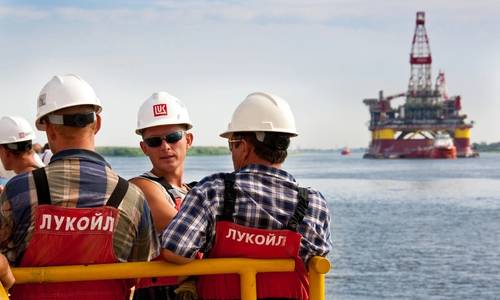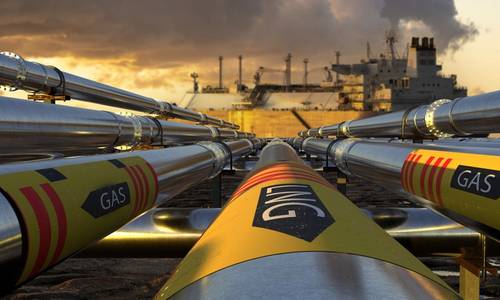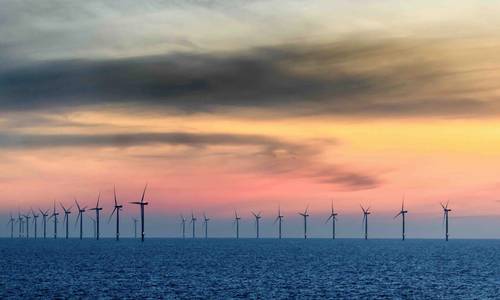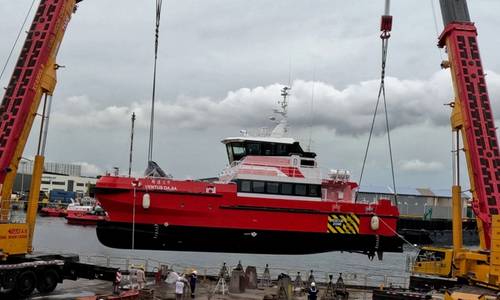Norway Invites Industry to Take Another Look at One of Its Largest Remaining Gas Discoveries
October 1, 2024
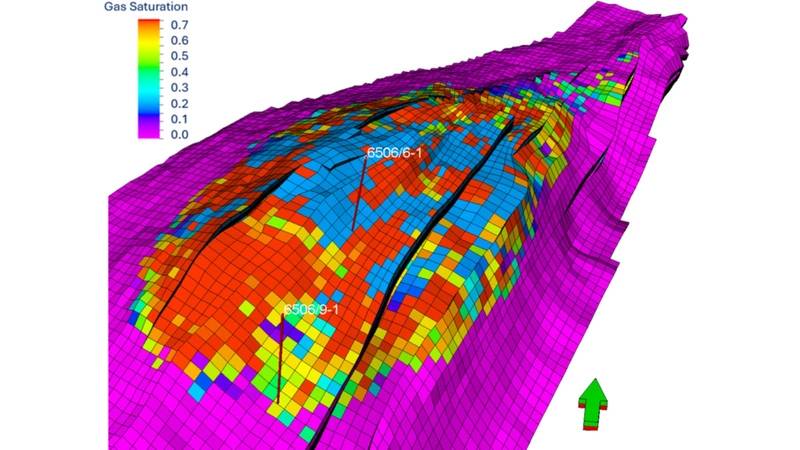
The Norwegian Offshore Directorate (NOD) has issued a ‘challenge’ for the industry to have another go at Victoria discovery, one of the largest remaining gas discoveries in the Norwegian Sea, as the innovations within hydraulic fracturing now enable the commercial exploration of tight reservoir developments.
The challenge was issued during a seminar hosted by NOD on October 1, 2024.
Victoria discovery was proven by Exxon exploration well 6506/6-1 in the year 2000.
Total took over the operatorship six years later, and an appraisal well was drilled in 2009. The work to mature the discovery, given the state of technology at that time, indicated that profitable production would be challenging, and the acreage was relinquished in 2018.
The discovery was part of production licence 211.
According to a study NOD conducted with Opecs, a British consulting company, which also includes a geo-mechanical assessment of the discovery, the use of modern hydraulic fracturing technology has been shown to be able to improve well productivity enough to ensure profitable production from Victoria.
The study demonstrated that the four wells could produce 10 million cubic meters of gas per day - a level that can be maintained for nearly two years. This would mean a total production of 29 billion cubic meters over a production lifetime of 30 years.
“We want to inspire the companies to take another look at the Victoria discovery. Yes, it’s a tight reservoir at significant depths, with both high temperature and high pressure, as well as a high content of CO2. Nevertheless, a study indicates that current well technology, combined with hydraulic fracturing, could allow production of substantial gas volumes,” said Per Valvatne, Senior reservoir engineer at the NOD.
“This is one of the largest remaining gas discoveries on the Norwegian continental shelf (NCS) that is still not covered under a production license. This is acreage that the companies can apply for in the next APA (Awards in Predefined Areas). Previous work on the discovery has shown around 140 billion standard cubic meters of gas in place, and the study reveals that four wells could yield production of 29 billion cubic meters,” added Arne Jacobsen, Assistant director of Technology, analyses and coexistence at the NOD.
The discovery is located at a water depth of 400 meters, approximately 4800 meters below sea level. The Dvalin field (10 km away), Heidrun and Åsgard (50 km away) are potential tie-back points.
Another finding in the study indicates that there may even be room for additional wells, which would further increase recovery.
According to Jacobsen, the efforts unlock these reservoirs must be increased now as it is important to get development started while there is existing infrastructure to tie into.
British Experience with Hydraulic Fracturing
Hydraulic fracturing has mainly taken place in chalk reservoirs on the NCS. The Victoria discovery is situated in a sandstone reservoir, where fracking experience is somewhat limited on the NCS. This was the reason for bringing in UK-based Opecs, as the British are more experienced when it comes to these types of fields.
“Fluids and propping agents used in hydraulic fracturing have improved, the vessels used are better, and we’re also able to deal with higher reservoir pressure and temperature. These operations can also be done faster and with greater reliability, thus reducing costs and uncertainty.
“Our hope now is that this will spark someone’s interest, and a willingness to commit to this huge proven gas resource. Moreover, we also have several discoveries on the NCS in tight reservoirs. The study shows that using today’s technology could mean that hydraulic fracturing can unlock substantial values on the challenging Victoria discovery.
“If we can solve the challenge there, then we can also set our sights on other challenges. As resource managers, we believe that hydraulic fracturing will become a key technology for realising the resource potential in tight reservoirs,” concluded Jacobsen.

